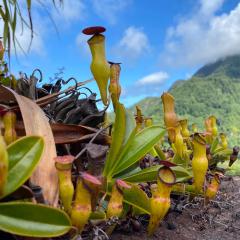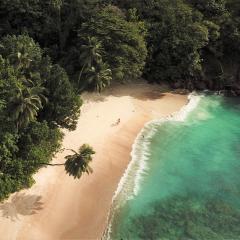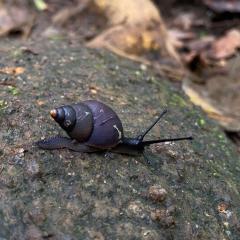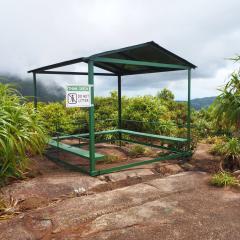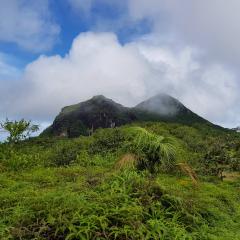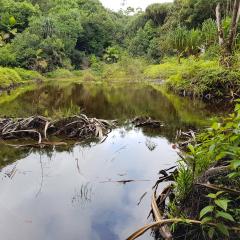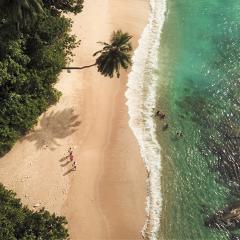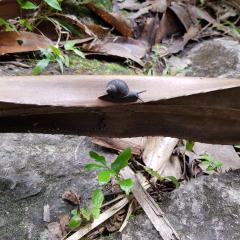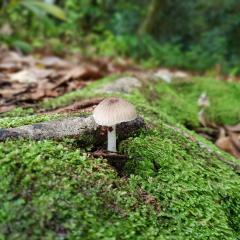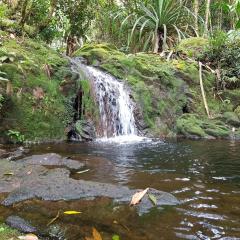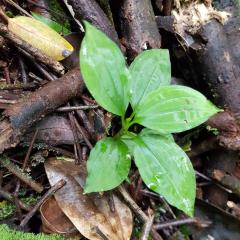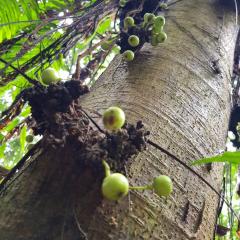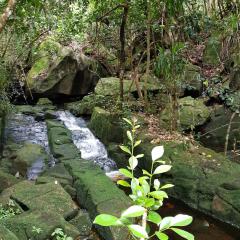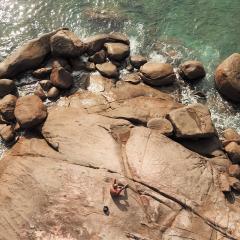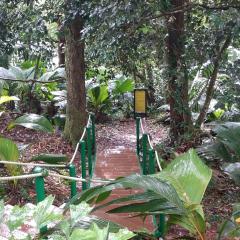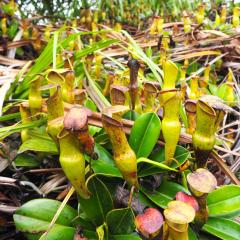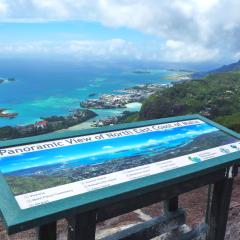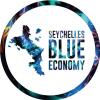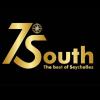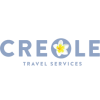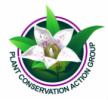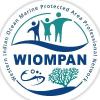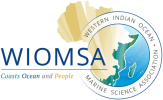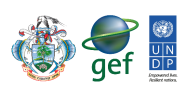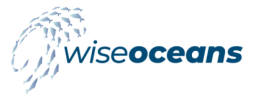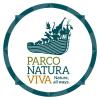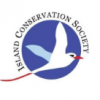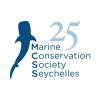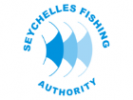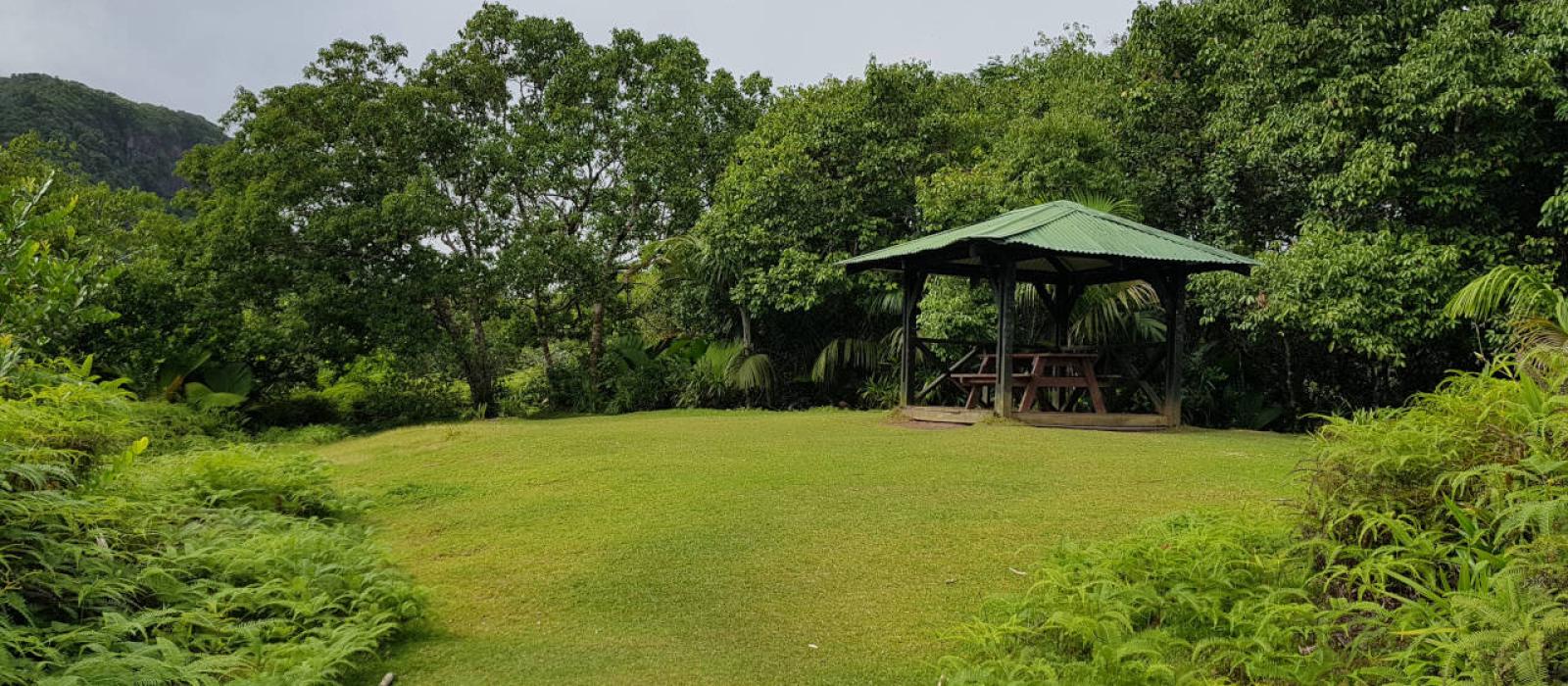
Morne Seychellois

Morne Seychellois
The Morne Seychellois National Park is situated on the island of Mahe, the largest island of the Seychelles archipelago. Morne Seychellois covers an area of approximately 3,045 hectares, more than 20% of Mahe and is made up of a mixture of mangroves, lush tropical jungles and tall mountains. It is 10km in length and between 2km and 4km wide, equipped with an extensive trail network, covering more than 15km.
The role of the National Park, is to protect the already fragile ecosystem by minimizing the effect of human disturbances. Morne Seychellois is home to a vast amount of indigenous flora and fauna, and of the twelve endemic land birds of the granitics, seven are to be found here. These include the Seychelles Scops-owl, one of the most elusive species of all. Its stronghold is in the Morne Seychellois National Park and it can often be heard around dusk at various locations along the Sans Souci road. The Seychelles Kestrel, Blue Pigeon and Sunbird are common sights in the Park, which makes it perfect for bird lovers. You will always be able to spot the endemic Bulbul, the Pitcher Plant and have interesting encounters with the Seychelles Wolf Snake.
Morne Seychellois National Park is one of the last places where relics from the 20th century can also be seen. These cultural sites were originally used for the exploitation of cinnamon and coffee. These ruins of old distilleries and houses are the last link that the population has with its past agricultural life before becoming a tourist destination.
The Park is home to some of the most rewarding hikes on the island. For experienced hikers, a tour to the top of the highest mountain, the 905-metre Morne Seychellois (3,000 ft), certainly cannot be topped, and promises sensational views. To allow visitors to explore the vast and spectacular Morne Seychellois National Park, a number of official trails exist. These consist of Copolia, , Mare Aux Cochons, Salazie, Trois Frères, Anse Major, Morne Blanc and Dans Gallas trails. Most of the trails vary in length and degree of physical difficulty, offering panoramic views and fascinating ecology.
Anse Major was once important for the production of cultivated vanilla, cinnamon oil, copra, citrus fruit and patchouli (from which an essential oil is extracted for use in perfumes). Produce was transported mainly by local wooden pirogue boats but a good path was also built from Danzil to Anse Major during the 19th century. It is reputed to have been possible to ride a bicycle along it at one time. The Anse Major Trail is very popular with hikers, starting at Danzil Bel -Ombre and ending at the beautiful Anse Major Beach.
Mare Aux Cochons is one of the most famous site within the Morne Seychellois National Park. It used to be the place where introduced cinnamon (Cinnamomum verum), was exploited commercially during the 20th century. The ruins of several distilleries are a special feature of this Trail, reflecting the importance of the area to this economic venture. Enormous amounts of wood fuel were required to produce the steam that was passed through the cinnamon leaves. Water was channeled from nearby rivers, using bamboo and later metal guttering, to cool the distillate in order for the oil to be collected. Much of the Trail passes through secondary forest with cinnamon (Cinnamomum verum) and other introduced trees predominating , but there is also a scattering of Palms and other endemic trees such as Bois Rouge (Dillenia ferruginea). The route to Glacis d’Antin (Deros ) is more interesting ,with a variety of habitats ranging from moist forest to open glacis. The climb reveals many endemic plants, including several Palm species, Vacoa Marron (Pandanus sechellarum), Bois de Natte (Mimusops sechellarum), Bois Calou (Memecylon eleagni), Bois de Montagne (Campnosperma sechellarum) and Capucin (Northea hornei). The freshwater marsh of Mare aux Cochons is a Ramsar Site (wetland of ecological importance). It is the best of the few upland swamps existing in Seychelles. Although modified by human activities, it retains the typical moisture-loving Vacoa Parasol (Pandanus hornei) and remains an essential habitat for native insects such as Dragonflies and Damselflies. It is also an important source of water for west Mahé.
Dans Gallas name refers to the Gallas (a group of Ethiopian people who were released on Mahe during the 19th century during the slave trade). They were quite tall and were as a result referred to as giants. The main features of this Trail are the panoramic views and the scenery which you discover as you follow the route, rather than any ecological richness. In fact, the Le Niole highlands have been badly affected in the past by the exploitation of timber. Later, plantations of the Eucalyptus species was established to control the effects of soil erosion. In the valley to the south of the ridge are forestry plantations of Santol, Mahogany and Pine.
The Trois Frères Trail gets its name from the three peaks overlooking Victoria.; Trois Frères (Three Brothers) as they are called, probably arising from the close proximity of the three peaks. The Trail culminates at the foot of the Trois Frères Cross and is a traditional pilgrimage site for the catholic community on Good Friday. The conditions in the mid-altitude rocky zones are very harsh and few exotic species can grow well, whereas the native shrubs are well adapted to such circumstances. Examples are the numerous Screw Pines (Vacoa or Pandanus), Sharp-Leaved Sedges and indeed the Pitcher Plant (Nepenthes pervillei).
In spite of the luxuriant growth of the forest, the soil on the Copolia Trail is often infertile. Most of the nutrients are tied up in the trees themselves as well as in the leaf litter and humus on the forest floor. Endemic Palms form an understory, particularly, Lantanier Feuille (Phoenicoprium borsigianum), Lantanier Latte (Verschaffeltia Splendida) and higher up, the smaller Latanier Hauban (Roscheria melanochaetes). In the undergrowth are endemic sedges, ferns, Petit Coco Marron (Hypoxidia rhizophylla), and grasses. Moss covered rocks and boulders complete the picture. These forested uplands are essential water catchment areas for Mahe. They are also the habitats of endemic birds such as the Seychelles Bulbul, Seychelles Sunbird and Seychelles Blue Pigeon. One of the tiniest frogs also lives here, well camouflaged but very vocal. Its eggs hatch directly into miniscule frogs, as the tadpole stage takes place inside the egg.
All the official nature trails are open to visitors. Visiting the trails are free for residents but however the Copolia, Trois Frères, Anse Major and Morne Seychellois Trails charge applicable entrance fees for non-residents above 12 years.
Trails open from 8 a.m- 4 p.m, 7days a week, with the exception of the Morne Seychellois Nature Trail which opens from 8am-12pm.
Browse our Morne Seychellois National Park leaflet for more information.
